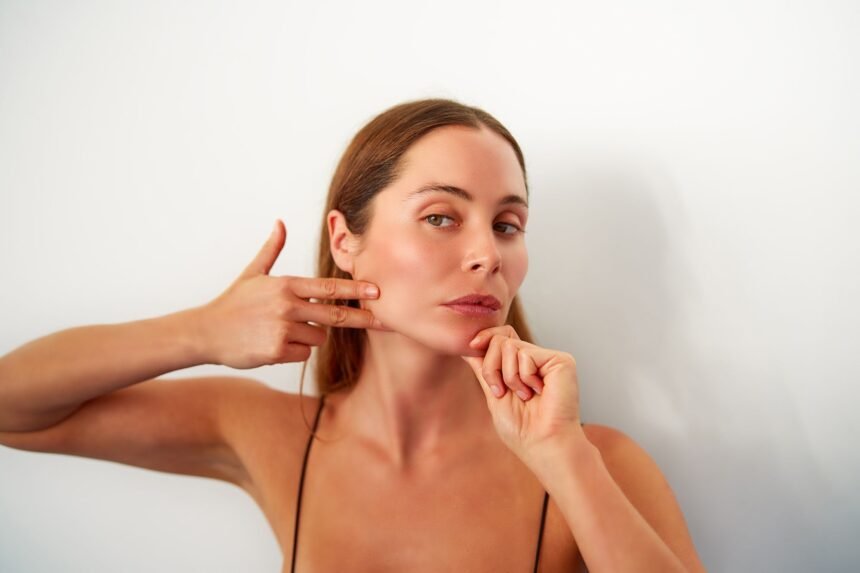Understanding Face Yoga: Benefits, Science, and Techniques
Face yoga, a trending practice that combines exaggerated facial expressions with focused movements, is gaining popularity as a cost-effective and product-free alternative to traditional cosmetic procedures. Below, we explore the benefits, underlying science, and potential risks of incorporating face yoga into your routine.
What is Face Yoga?
Face yoga involves a series of facial exercises designed to engage the muscles in your face, with the aim of toning, lifting, and rejuvenating the skin. Unlike conventional yoga, it substitutes full-body poses like the "downward dog" with facial expressions such as "duckface."
Why Choose Face Yoga?
- Cost-Effective: No need for expensive treatments or products.
- Non-Invasive: Avoids surgical interventions.
- Accessible: Can be done anywhere, at any time.
The Science Behind Face Yoga
Understanding Facial Anatomy
The face comprises layers of skin, fat, and muscle. According to Dr. Anetta Reszko, a dermatologist, these components work collectively to provide facial volume. As we age, these muscles can atrophy, causing changes in the face’s appearance, leading to sagging and hollowness.
Key Takeaways:
- Aging & Atrophy: Aging and prolonged lack of muscle use can lead to facial atrophy.
- Muscle Growth: Face yoga aims to engage and strengthen facial muscles beneath the skin.
Research Insights
Dr. Murad Alam, from Northwestern University, conducted one of the few studies on face yoga. Key findings included:
- Study Duration: 20 weeks with daily, 30-minute exercises.
- Results: Participants showed improved facial fullness, particularly in the cheek area.
"The most significant changes were noted in the cheeks, where the muscle growth was most pronounced," Dr. Alam noted.
Despite these findings, further research is needed with larger sample sizes for conclusive results.
Potential Benefits of Face Yoga
1. Improved Circulation
- Blood Flow Boost: Enhances oxygen and nutrient delivery to facial skin.
- Lymphatic Drainage: Helps to reduce puffiness by stimulating lymphatic circulation.
2. Muscle Relaxation
Face yoga can alleviate tension held in areas such as the jaw, neck, and forehead. Annelise Hagen, a face yoga pioneer, emphasizes the importance of mindfulness in practice:
"Tension is a huge enemy for a lot of us. We make expressive faces without realizing it."
3. Temporary Skin Benefits
While increased circulation may lead to a temporary flush and hydrated appearance, it’s essential to understand these effects are not permanent.
Techniques to Get Started
Easy Face Yoga Exercises
- Lion’s Breath: Open your mouth wide, stick out your tongue, roll back your eyes, and exhale deeply to release tension.
- Smile Buddha Face: Lift the corners of your mouth into a gentle smile to promote positivity.
Practice Recommendations
- Start with 10-15 minutes daily.
- Focus on relaxation and mindfulness during each session.
Are There Risks?
Generally, face yoga is safe. However, Dr. Reszko advises caution:
- Avoid movements that stretch or rub the delicate under-eye area, as this skin is thinner and more sensitive.
- For significant concerns like wrinkles or acne, consulting a board-certified dermatologist is advised.
Conclusion
Face yoga presents an accessible, engaging way to potentially enhance your facial appearance while promoting mindfulness. While benefits may vary, the practice can be a simple addition to your wellness routine.
For more strategies to improve your well-being, consider exploring additional resources on mindfulness exercises, yoga practices, and skin health that can complement your face yoga journey.
By integrating face yoga into your daily routine, you can not only work towards a toned appearance but also gain a deeper awareness of your facial expressions and muscle relaxation. Enjoy the process, and remember: mindfulness is a key aspect of any yoga practice.


